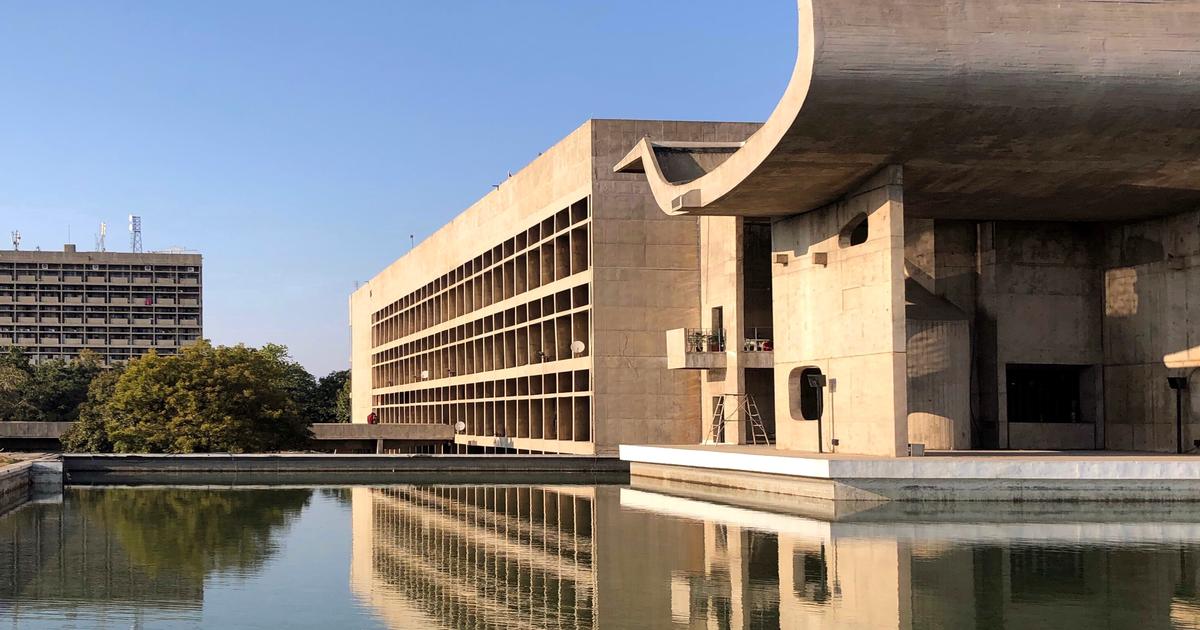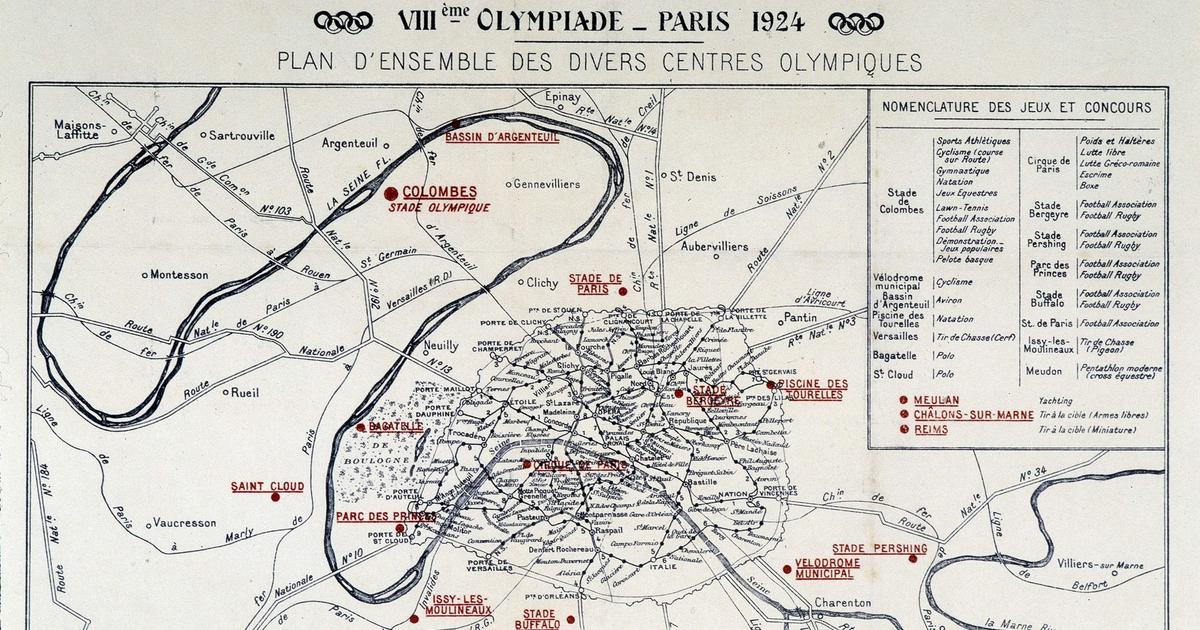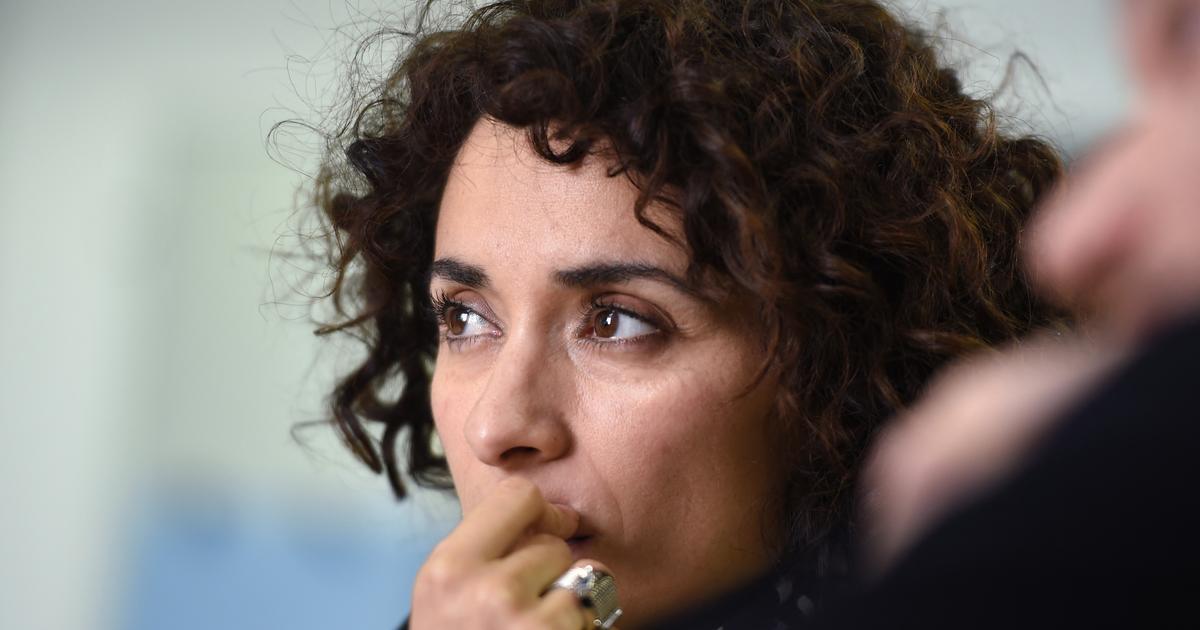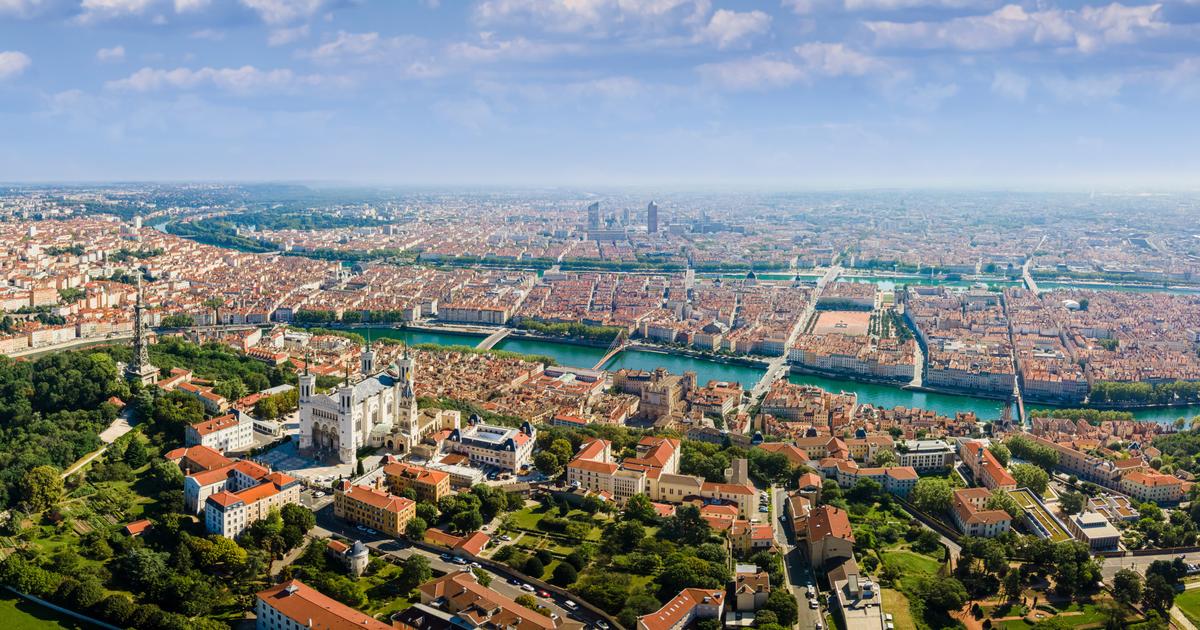In 1951, Le Corbusier plotted the city of Chandigarh in northern India, as if it were a human body. The only major urban project that the Franco-Swiss architect could finally execute should work with the accuracy of a heart at full capacity. The green areas and parks would breathe clean air into the city by way of lungs, while a meticulous circuit of avenues would guarantee fluid circulation as the uninterrupted passage of blood through our arteries.
Each piece of this effective puzzle would connect to each other through an orthogonal grid of self-sufficient sectors, and in which the Capitol Complex would be the head that put order. Composed of three monumental displays of brutalism - the Supreme Court, the Secretariat and the Legislative Assembly - this Capitol Complex consumed the wishes of Jawaharlal Nehru, prime minister of the Indian Union, to build a city that exemplifies the modern spirit of the new nation .
When taking the baton of the architectural layout in government buildings, Le Corbusier put a condition: not having to move to the future city during the project. That role would be played by his cousin Pierre Jeanneret, who was in charge of executing and coordinating the work in Chandigarh with the study of Paris, which he exercised until the end of his days.
Having a close relative to the great genius of rationalism was not an easy task. Many times relegated to the shadow of his cousin, Pierre Jeanneret (Geneva, 1896) always remained faithfully as the right hand of Le Corbusier. Such was his connection, that on numerous occasions, Jeanneret drew the first sketches of his open plants, which would later be retouched - and refined - in the company of Le Corbusier.
Graduated from the School of Fine Arts in Geneva, between 1921 and 1922 he worked with brothers and architects Auguste and Gustave Perret in Paris, before joining the study of Charles-Édouard Jeanneret-Gris, already known under the pseudonym Le Corbusier. Fruit of this first stage, was the publication of the famous Five Points towards a New Architecture (1926) in the two creators seated the key elements of modern aesthetics in a building: the free floor, the garden terrace, the pilotis, the longitudinal window and the free facade. Jeanneret not only knew how to stimulate her cousin's imagination, but also to moderate it with her dose of realism, assuming control of the more technical aspects and the continuity of the study.
A year later, designer Charlotte Perriand, the third member of the most fruitful creative triangle of the twentieth century in terms of furniture, would be incorporated into the famous study of No. 35 of Sèvres. After a first meeting where Le Corbusier received her with the unfortunate phrase "unfortunately, here we do not embroider cushions", he soon changed his mind by witnessing with Jeanneret the revolutionary interior designs that the young Parisian had outlined. Perriand was responsible for humanizing the often cold rationalism of Le Corbusier, guided by his talent and intuition in the use of new materials.
Famous designs such as the LC2 armchair or the LC4 chaise longue , with chromed steel structure in which its geometric purity and ergonomics endures, are the result of this decade in which they collaborated intensely together. Perriand repeatedly confessed that "Le Corbusier was the man of communication, the complete man, the philosopher." On the other hand, Pierre Jeanneret exercised as "the technical man", the point of reference in the study that handled work in everyday life. They lived in a kind of continuous osmosis, in which one was equally necessary for the other.
When Pierre assumed the direction of the urban project in Chandigarh at the request of Le Corbusier, his involvement in the construction of the city came to the forefront. Gone are the political dissidents that they maintained during World War II; Pierre joined the French resistance to deal with the Nazi bloc while Le Corbusier left his neutrality latent but did not oppose cooperating with the Third Reich, if that meant continuing to design buildings.
During subsequent decades, Pierre maintained direct contact with the Indian territory that was not limited to the supervision and construction of public buildings, but included a large family of comfortable, functional and beautiful furniture for daily use. This is indicated by Barbara Lehmann, responsible for the historical archive of Cassina. “Most of the projects were supervised by Le Corbusier, but Pierre distinguished himself under his exclusive signature, in the design of some public buildings, in particular schools, and some individual houses, as well as in the design of many furniture. Chandigarh was really the culmination of the collaboration between Le Corbusier and Pierre Jeanneret, but above all a unique opportunity for the second to express his personality ”.
For this, he wanted to combine essential forms and solid materials by which the modern ideals brought from Europe converged and merged with the tradition and culture of the Asian country. This is shown by the exhaustive study of the archives that the Cassina firm has carried out with the support of the Le Corbusier Foundation, and that results in the production of four models that Jeanneret designed for Capitol Complex.
Destroyed, abandoned in landfills and now reissued by Cassina
Designing a government furniture resistant to the common transfer of public offices, which did not sacrifice beauty for the benefit of comfort, was one of the great challenges that Jeanneret assumed. “The furniture designed for the Chandigarh buildings is particularly significant and identifiable because they have developed a coherent and simple lexicon. It is based on the identification of formal types of structures (type "x", type "and" type "z", etc.), but at the same time it is complex and articulate, since it is capable of generating families of furniture with a wide range of variations in seat heights, ”says Barbara Lehmann.
In practice, Jeanneret resorted to the use of local materials such as teak or rattan, of exotic beauty but ultra resistant to the passage of time. Proof of this are the specimens that survived the 'modernization' that the inhabitants of Chandigarh promoted at the end of the 20th century, for which they destroyed a large part or ended up abandoned in landfills and garbage pits.
The survivors are safe in the Pierre Jeanneret Museum that occupies the house that the architect designed and lived in until he became ill in 1965. After recovering its original appearance that several bureaucrats were responsible for altering with renovations of doubtful beauty, today it retains a fundamental part of the furniture that Jeanneret designed at that time, and that reaches astronomical figures in its online sale through the Srelle portal.
The Cassina Research and Development Center has reissued for a few months the most recognizable models that Jeanneret designed for several offices and secretariats, interpreted as a tribute to the creator since, as Lehmann indicates, there is no documentary evidence of his authorship. “The four pieces that make up the collection were made after an analysis of the available designs and with the relief of some models found in the Chandigarh museums. However, we know that these models have often been reproduced, even in the past and later, with different details. They were made by artisans and, therefore, sometimes with small changes between one craft workshop and another. It is for this reason that it is difficult to speak of a single original for each model. ”
This is the case of the Capitol Complex Office Chair, composed of independent pieces such as the inverted V-shaped side bars, which converge and support the armrest. This seat maintains the original solid teak structure, lightened by the rattan seat and back, but incorporating two more versions in natural oak or black stained. Manufactured in the historical carpentry workshop of the company, the new model has an optional cushion to make it more comfortable.
The second chair that makes up the collection is smaller and is characterized by the absence of armrests. Its coplanar legs and the geometric section form a simple and compact piece, like the third piece, an armchair that hugs the same inverted V-shape. The visible supports attached to the backrest padding create a rounded contour that combines comfort and simple elegance.
Finally, Cassina has once again produced the meeting table that used to house the Legislative Assembly of the Complex, in float glass top and wooden structure. It evokes the solemnity and accuracy of the activities he received for decades, and in which Le Corbusier and Jeanneret surely saw the dream of a city they would build with their own hands.














